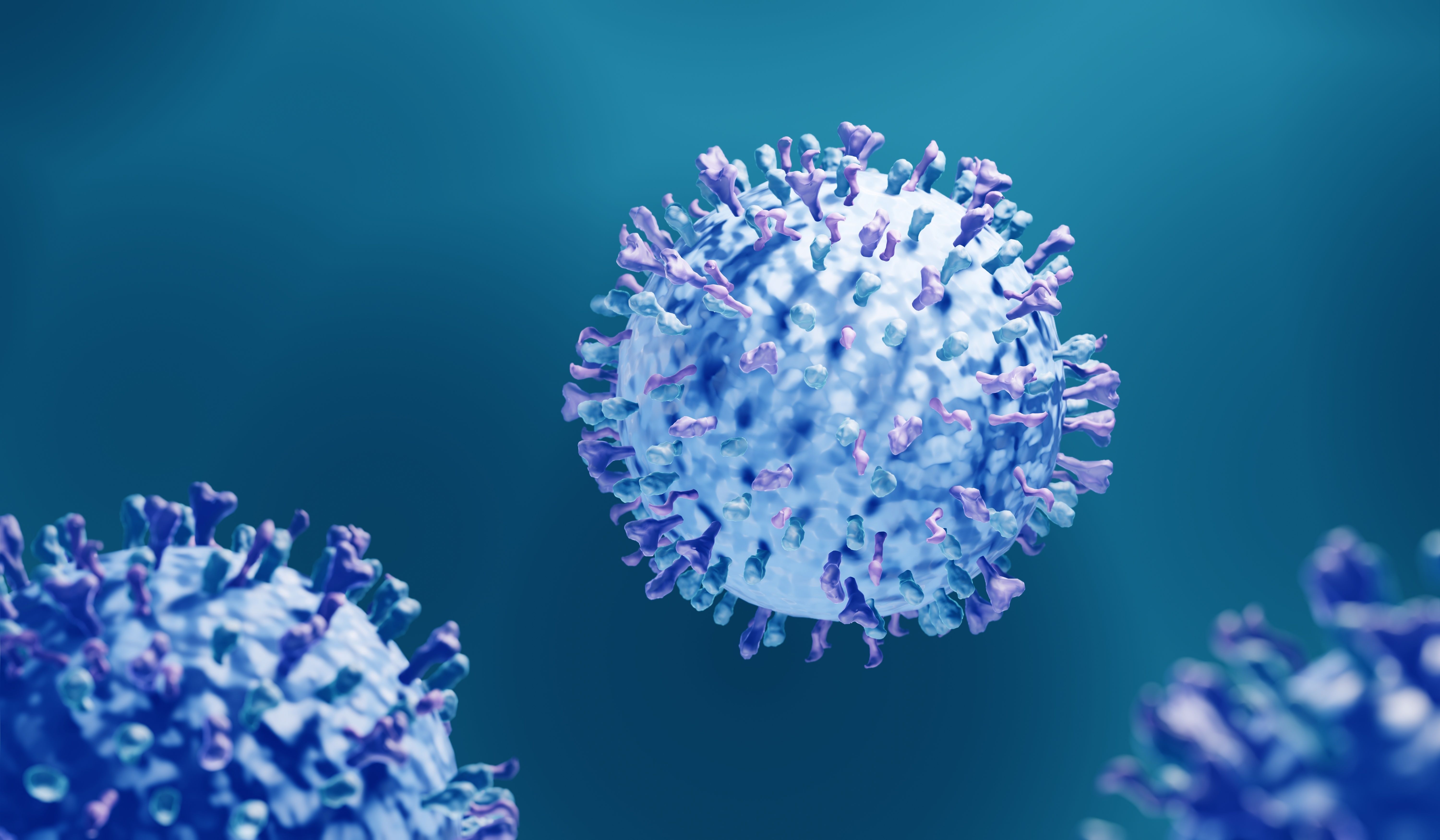News
Article
Bonding of RSV Prefusion F Proteins Display Potency Advantages
Author(s):
Calder’s 3D Vaxlock technology attained 11 times more effective immune response, compared to typical comparator.
Researchers have launched and validated the application of a 3D Vaxlock platform technology (Calder Biosciences) that could provide benefits to immune response when applied to the F protein in respiratory syncytial virus (RSV). Published in Nature Communications, the study authors noted that the 3D Vaxlock technology attained 11 times more effective immune response, compared to typical comparator.1
Image credit: Artur | stocck.adobe.com

The study authors noted that in recent years, researchers have found that fusion proteins provoke antibody (Ab) responses that could counteract viral infection and provide a prognostic measure of vaccine efficacy. Dityrosine (DT) bonds form naturally and produce structural rigidity in proteins. According to study authors, crosslinking DT could stabilize fusion proteins in their prefusion conformation, resulting in better vaccine immunogens due to a focus on neutralizing Ab responses.2
Regarding RSV, the researchers noted that despite positive outcomes among a portion of vaccinated older adults, an unmet need for RSV prevention among immunosenescent populations and adults over 75 years of age remain important.2
"There remains an urgent need for vaccines that provide older adults [aged 75 plus] and the frail good protection," said Florian Schödel, MD, a member of Calder's Scientific Advisory Board, in a press release. "Protecting newborn children for a longer period through maternal vaccination also remains an important goal."1
“Herein we report the application of targeted [DT] crosslinking to improve the efficacy of a fusion protein-based subunit vaccine. We have harnessed the structural rigidity that DT bonds can impart to generate an RSV prefusion F (preF) subunit vaccine that more stably holds its prefusion conformation,” said study authors in a press release.2
The DT application consisted of a preF molecule, creating DT-preF that targeted “DT crosslines that lock the preF conformation to elicit Ab responses focused on neutralizing epitopes,” according to study authors. The study authors explained further that the DT-preF molecule was obtained through a structure-based design that site-directed mutagenesis, which aimed to steady 2 prefusion specific epitopes.2
The study authors noted that Calder’s 3D Vaxlock technology obtains 0-length cardon-carbon bonds among tyrosine residues in target vaccine immunogens. The technology links a structure based design and novel bioprocess, creating bonds that are site specific. According to study authors, the bonds are directed to preserve the 3D shape of a protein that are in the sections that produce a greater immune response, leading to best-in-class protection.1
Specifically, the results displayed 11-fold higher responses of generated antibodies that could neutralize the virus on interaction. The study authors noted that this displayed a prevention in infection, improvements in quality of immune responses produced, and a greater shelf-life of the RSV vaccine.1
"A new stabilization technology as clean and precise as this one is exactly what's needed to unlock the full potential of protein vaccines," said Chris Marshall, co-founder and CEO of Calder Biosciences, in a press release. “Unlike disulfide bonds, [DT] bonds are irreversible, and their formation is catalyzed after the protein is fully folded in its native state.”1
References
1. Calder Biosciences Inc. Publishes Next-Generation Vaccine Technology in Nature Communications. PR Newswire. News release. March 14, 2024. Accessed March 28, 2024. https://www.prnewswire.com/news-releases/calder-biosciences-inc-publishes-next-generation-vaccine-technology-in-nature-communications-302089350.html.
2. Engineered dityrosine-bonding of the RSV prefusion F protein imparts stability and potency advantages. Nature Communications. News release. March 14, 2024. Accessed March 28, 2024. https://www.nature.com/articles/s41467-024-46295-8.
Newsletter
Stay informed on drug updates, treatment guidelines, and pharmacy practice trends—subscribe to Pharmacy Times for weekly clinical insights.

FDA Grants Full Approval to mRNA-1273 COVID-19 Vaccine in Children At Increased Risk





